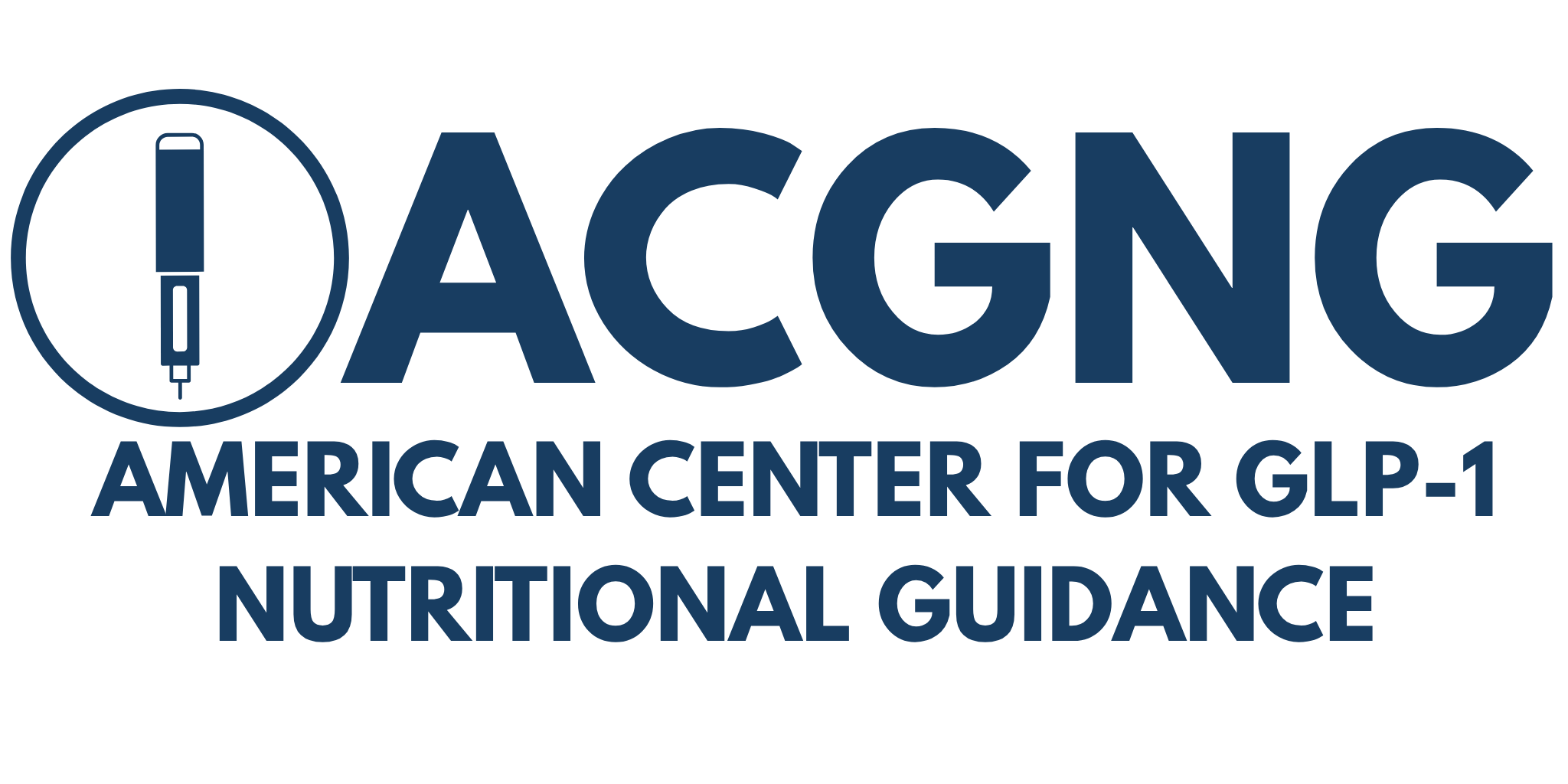Table of Contents
- Overview
- Approved GLP-1 Medications
- Delivery Methods
- Medical Uses
- Differences Between Medications
- Scientific References
Overview
GLP-1 receptor agonists are a class of medications that mimic the action of the natural GLP-1 hormone. These drugs help lower blood glucose, suppress appetite, and support weight loss. They are used primarily in the treatment of type 2 diabetes and, more recently, for chronic weight management.
Approved GLP-1 Medications
- Exenatide – Byetta® (short-acting), Bydureon BCise® (weekly)
- Liraglutide – Victoza® (diabetes), Saxenda® (weight loss)
- Dulaglutide – Trulicity® (weekly)
- Semaglutide – Ozempic® (weekly), Wegovy® (weight loss), Rybelsus® (oral)
- Lixisenatide – Adlyxin® (daily)
- Tirzepatide – Mounjaro® (dual GLP-1/GIP agonist – see Emerging Therapies)
Delivery Methods
Most GLP-1 medications are injectable, using a pen device for subcutaneous (under the skin) injection. However, semaglutide is also available in oral form under the brand name Rybelsus®.
- Daily Injection: Liraglutide, Lixisenatide
- Weekly Injection: Dulaglutide, Exenatide (Bydureon), Semaglutide (Ozempic, Wegovy)
- Oral Tablet: Semaglutide (Rybelsus)
Medical Uses
- Type 2 Diabetes: Most GLP-1 medications were originally developed and approved for glycemic control.
- Obesity / Weight Management: Liraglutide (Saxenda) and Semaglutide (Wegovy) are specifically approved for weight loss in patients with obesity or overweight with a weight-related condition.
- Cardiovascular Risk Reduction: Some GLP-1 drugs (e.g., liraglutide, semaglutide) are also approved to reduce risk of major adverse cardiovascular events in high-risk patients.
Differences Between Medications
GLP-1 medications differ by:
- Half-life & dosing frequency (daily vs. weekly)
- Side effect profiles (e.g., gastrointestinal tolerance)
- Indications (diabetes only vs. also for obesity)
- Formulation (injectable vs. oral)
Refer to our Comparing GLP-1 Medications page for a side-by-side breakdown of these factors.
Scientific References
- American Diabetes Association. “Pharmacologic Approaches to Glycemic Treatment.” Diabetes Care. 2024;47(Suppl 1):S125–S143.
- FDA Drug Approval History: GLP-1 Receptor Agonists. 2024.
- Kushner RF, et al. “Obesity Management with GLP-1 RAs in Clinical Practice.” Obesity. 2023;31(5):895–903.
- Drucker DJ. “GLP-1–based therapeutics: mechanisms and opportunities.” Cell Metab. 2018;27(4):740–756.
This article is part of the GLP-1 Basics collection from ACGNG. All content is reviewed by healthcare experts and based on peer-reviewed scientific evidence.
